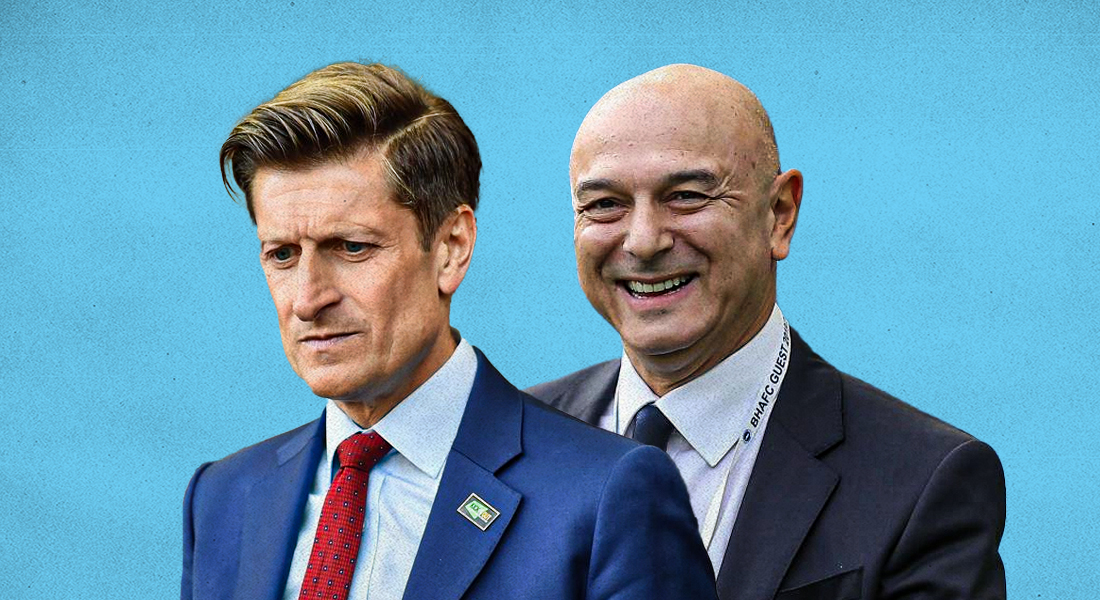
[ad_1]
No top-flight club in the world works properly if there is no proper hierarchy installed in the managing of the whole club and the present situations at London clubs Tottenham Hotspur and Crystal Palace can be viewed as examples for the same.
In the modern age of football, teams are tending towards appointing technical/sporting directors to have a full overview on the footballing side of the club, while the CEOs could be relieved and made to focus solely on the commercial side.
Txiki Begiristain, Director of Football at Manchester City. (Image Courtesy: BBC / Website)
Manchester City have been a prime example in this regard as their entire footballing entity is overlooked by Txiki Begiristain, the Director of Football, who works alongside the manager Pep Guardiola to look after the development of the team while the other aspects, which are mainly the operational and financial aspects, are headed by Group CEO Ferran Soriano.
Traditional clubs such as Manchester United and Liverpool, too, have started to undertake the approach of having a dedicated technical director, with the Red Devils recently appointing John Murtough as the Football Director and Darren Fletcher as the Technical Director, who will work alongside the manager Ole Gunnar Solksjaer.
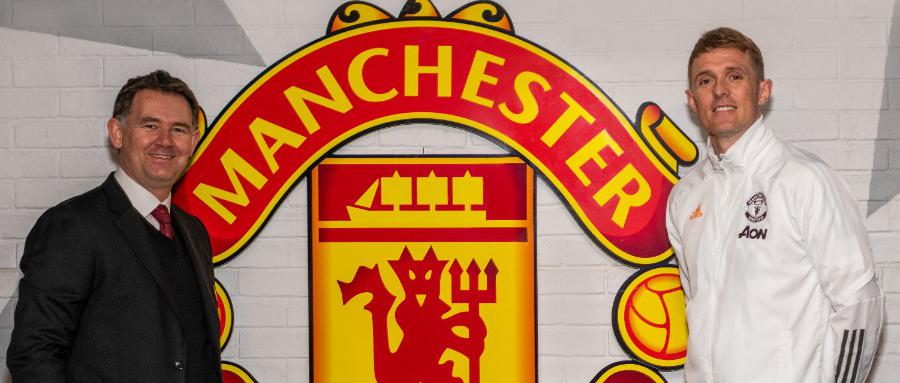
John Murtough and Darren Fletcher as Director of Football and Technical Director, respectively (Image Courtesy: Manchester United / Website)
We can further look into clubs like Tottenham and Crystal Palace have shown jitters in their management structure in recent years and why both these clubs are now finding it difficult to appoint a manager for the first team, which have been vacant since the end of the season in the last week of May.
THE CASE OF SPURS
Tottenham Hotspur, since the takeover by ENIC International Ltd in 2001, has been steadily competing in the top half of the table in the Premier League and has obtained the tag of being one of the big six clubs in England, purely based on the club’s value and its regular finishes in the top six.
Compared to what they were under the previous ownership, Spurs improved drastically under the new management, which in the early years focussed on recruiting managers such as Glenn Hoddle, Martin Jol, and Harry Redknapp so as to have an experienced head at the club and steer them into the new era.
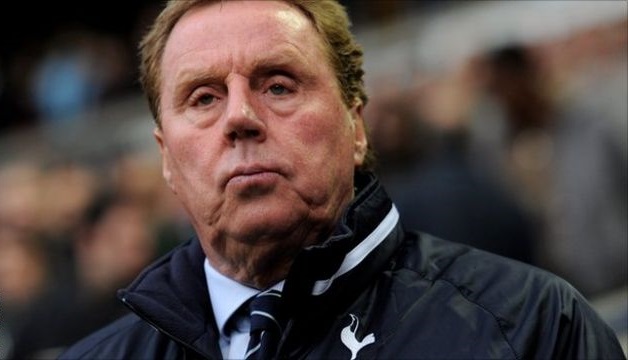
Harry Redknapp helped Tottenham establish their place in the Premier League Big Six. (Image Courtesy: BBC / Website)
But slowly, as time went past, chairman Daniel Levy had started to have his own say in player recruitment matters during the two years under the management of Andre Villas-Boas and Tim Sherwood and although these two produced results in their only seasons at the club, there were structural issues in the background which came to the forefront much later.
Levy tried to manage this issue when he appointed Southampton manager Mauricio Pochettino as the head coach in 2014 and went to bring Pochettino’s colleague at the Saints, Paul Mitchell as the Sporting Director. The duo worked well in tandem as Spurs finished third for the first time in 26 years in the 2015-16 season. They went on to finished second the following season, seven points behind champions Chelsea.
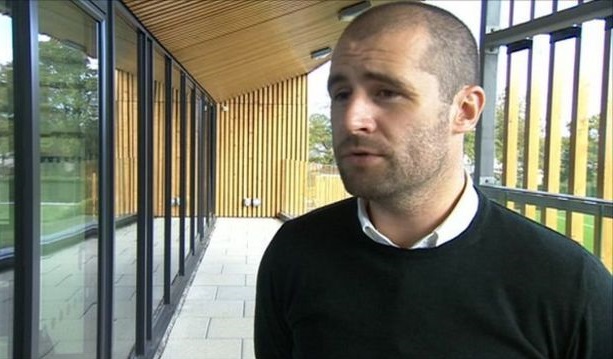
Paul Mitchell did a wonderful job at Spurs before leaving at the end of 2016. (Image Courtesy: BBC / Website)
However, disaster struck again, when Mitchell left at the end of 2016, citing differences with the club chairman in the player recruitment, similar to what happened two years ago.
And although Mauricio Pochettino managed to stay at the club for two more full seasons and took Spurs to their first-ever Champions League final in 2019, not everything was merry during these two years, and it culminated when the Argentine was sacked after a poor start to the 2019-20 season.
Levy went on to hire former Manchester United and Chelsea manager Jose Mourinho as Pochettino’s replacement, and while the initial decision looked like a good one, cracks were starting to appear towards the end of the season and during the start of the 2020-21 season.
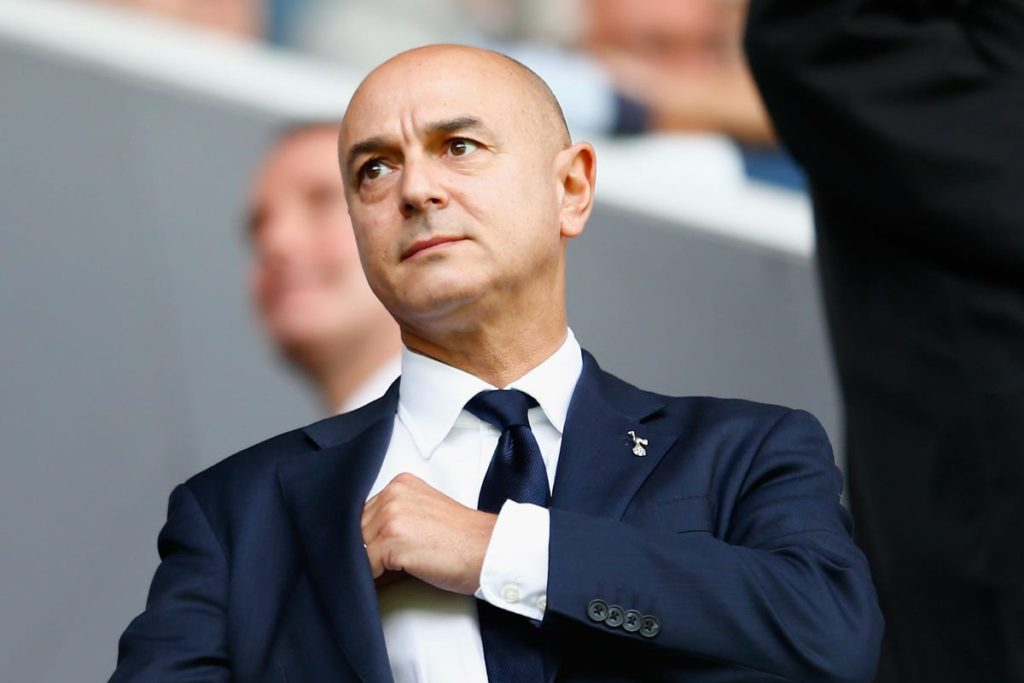
Daniel Levy, chairman of Tottenham Hotspur. (Image Courtesy: Forbes / Website)
They reached a level such that the self-proclaimed Special One was relieved of his duties a week before the Carabao Cup final, on the onset of the debacle, that is the European Super League.
The present situation of not being able to find a manager for the club has stemmed from the repeated irregularities that same stemmed from overtime at Tottenham as managers are not willing to work under Daniel Levy and his terms.
Levy tried to solve the problem by bringing in former Juventus technical director Fabio Paratici under the delegation of Managing Director, Football at Spurs but it seems like it has not solved the issue of finding a suitable replacement for Jose Mourinho as the likes of Antonio Conte, Paulo Fonseca, Gennaro Gattuso, and Nuno Espirito Santo have all rejected the advances made by the club.
The Club is delighted to announce the appointment of Fabio Paratici as Managing Director, Football, with effect from 1 July 2021.
#THFC ⚪️ #COYS— Tottenham Hotspur (@SpursOfficial) June 12, 2021
All in all, Spurs are currently in a mess right now and although the chairman has brought in Paratici, the Italian has not able to have the desired impact on the club and will have to work smarter and fill in the managerial post as soon as possible.
PARISH AND PALACE
Crystal Palace are facing a similar problem in the managerial situation as Spurs. They are not able to find a replacement for Roy Hodgson, who has taken a sabbatical from football after the four years at Palace, where he bought in a sense of stability.
And for Steve Parish, the chairman of the club, it has now become a gruesome task in finding the new manager as none of the targets have been acquirable and the one that was seen to have accepted the role, Lucien Favre, having taken a U-turn at the end moment has sent the club into a difficult situation.
Palace, since the takeover by the consortium led by Parish at the end of 2009-10, have been a club which ran on the relationship of the manager and the owner, and in the consortium’s eleven years as the owners, not once have they appointed a technical/sporting director.
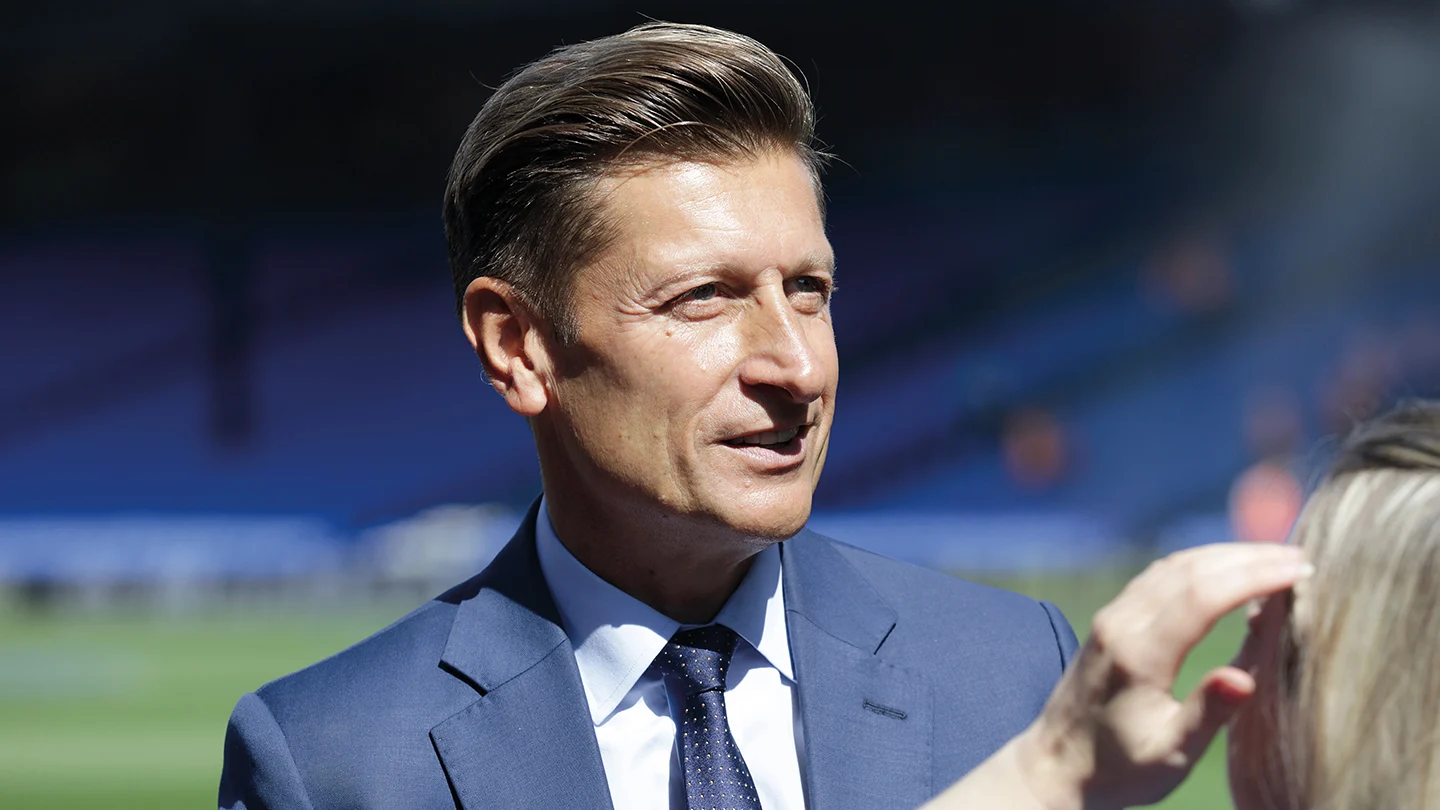
Steve Parish, the owner of Crystal Palace. (Image Courtesy: Crystal Palace / Website)
Although that has worked until now, in terms of them staying in the Premier League for eight years, the 11-year period under the ownership has seen eight managers in charge, with Roy Hodgson serving the longest.
The main reason for this can be attributed to the fact that the player recruitment power has not always been with the manager, with the ownership interfering frequently, causing the clashes between both the parties and the subsequent sackings of the managers.
The arrival of Hodgson had seen a turn in a positive way as he was the man who ran everything at Palace with his enormous experience and his departure at the end of the 2020-21 season has brought in a problem for Parish and his fellow directors.
After nearly four years of managing his boyhood club, Roy Hodgson will be stepping down as our manager at the end of this season.
Thank you for everything, Roy ❤️💙
— Crystal Palace F.C. (@CPFC) May 18, 2021
Alongside the managerial appointment, Palace requires a technical director or someone who has the experience of leading the football side of a club so as to steer the club into a new direction with the new manager. Until then they will tend to compete in the mid-table of the Premier League or even face the prospect of relegation if things go awry.
LONG-TERM VISION
Both Spurs and Palace are suffering from their inability to view things in the long run. A technical or sporting director helps in giving the club more direction in terms of its on-field actions. The responsibility of the results does not lie solely on the manager’s shoulders. It is simply good practice to plan for the long term.
Take for example, Palace’s squad. The club has only 13 senior players still in contract at the end of summer. Hodgson has done admirably tactically to keep Palace in the Premier League but clearly he was not able to handle this aspect and this is not his job description either. Someone to connect the club’s administrational hierarchy with that of the footballing side is needed and that’s just the way modern teams need to go.
[ad_2]
Source link

